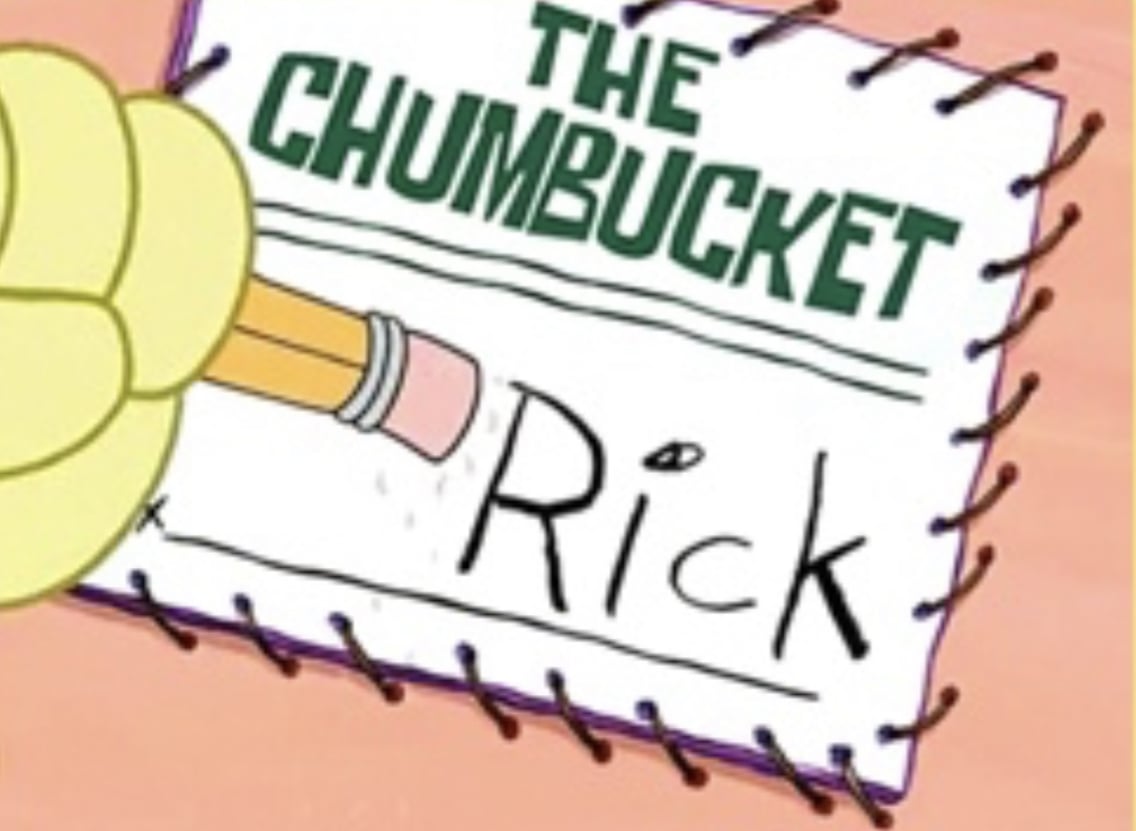It looks like the paper is paywalled and not yet on scihub but i did find 38 pages of supplemental information with more details than the article.
“The researchers estimate that if the system is scaled up to the size of a small suitcase, it could produce about 4 to 6 liters of drinking water per hour and last several years before requiring replacement parts. At this scale and performance, the system could produce drinking water at a rate and price that is cheaper than tap water.”
Holy eff, I was expecting “per day” after 4-6 liters from a suitcase size device… That’s more water than I consume in a day, even on double flush days. Of course it would only be during daylight, and with full sun I imagine. But that’s still so much water!
While this is a cool development I would recommend tempering expectations. The cost of tap water is exceptionally cheap and the claims made here likely take these estimates to the extremes. The economics of scale likely don’t match up.
For example, tap water in my city costs ~$0.04 per gallon, at 5 liters per hour, 0.264 gallons per liter, 24 hours per day, for 5 years is $2,312. So saying they can make it for less than the cost of tap water doesn’t mean it’s affordable.
EDIT: Forgot to convert from liters to gallons
For example, tap water in my city costs ~$0.04 per gallon, at 5 gallons per hour, 24 hours per day, for 5 years is $1,752. So saying they can make it for less than the cost of tap water doesn’t mean it’s affordable.
Or maybe the product just isn’t for you, but for people who pay significantly more for, or possibly don’t have access to drinkable tap water at all.
But furthers the point I’m making. If your water costs more than mine then the potential price of this machine is even higher and the base price is already expensive as is. If this was truly a cheap and affordable alternative for people’s in need then it likely would have made that price point a major point of the article.
Just because it’s cheaper than an alternative doesn’t make it affordable.
EDIT: Also the article says
“the team estimates that the overall cost of running the system would be cheaper than what it costs to produce tap water in the United States.”
It’s a solar distillation machine. The compact size is useful but there are dozens of ways to do this for almost free as long as you were within reach of an ocean. You can dig a hole in the sand put a piece of clear plastic over and a catch basin in the center and do the same thing. It’s interesting but not really earth-shattering.
The big one being “if it could be scaled up to a size of a suitcase”
That’s not very lofty, which makes me all the more skeptical.
“If” seems like a weird word to use for something the size of a suitcase.
Yeah, it doesn’t instill confidence. Like how small is their proof of concept, if they even have one? Assuming this isn’t all theoretical and nothing has been built.
I have family that can’t drink their tap water because it’s practically brackish (is was entirely brackish when someone pierced the aquifer boundary and created a hole that filled the underground reservoir with the nearby sea water, that lasted about 18 months, the entire community was on water that was being trucked in while a new well was discovered and drilled), their water is insanely subsidized, and still pretty expensive. The community is about 200 houses, each with access to Ocean/River inlet water, I don’t know a single one of them that wouldn’t go for this option. Their water is so heavily mineralized that filters lifetimes are hours to days. And then maybe they can allow the aquifers to refill, and maybe their houses wouldn’t be sinking as quickly…
Hey, I’m not saying this technology doesn’t have a use, and maybe if it’s stupidly expensive it will be heavily subsidized. The point I’m making is that it “likely” isn’t the solution to world wide water scarcity.
Another user commented that desalination is a grift, it’s not, the market forces just aren’t there yet to push its large scale implementation world wide. However, the idea that an upcoming technology may theoretically scale up and be the same economic scale is historically unlikely.
Historically the trajectory of this sort of technology is that it will define technology for the next 20 years (Nobel Peace Prize or more), or it will be bought up and buried by a big corporation (goodwill isn’t typically good for capitalism), or it won’t scale up as predicted and will be a major nothing burger.
Your tap water is expensive! Is that a typical rate? Its $551 for me for the 5l/hr for 5 years. $0.0075 per gallon. This is in UK. Its billed at £1.98/1000l.
It’s complicated, typically US rates aren’t a flat $/gallon. Most have flat fixed costs (meter fee, availability fees, etc) and then the actual volumetric rate charge is tacked on top of that. In my city the rate is additionally tiered, so the more water you use the more those later gallons cost. Most residential users fall into Tier 1 though, up to 4 CCF (Centicubic Foot or 748 gallons) per month, which is billed at $1.89 per CCF or $0.002526 per gallon.
So it’s hard to use the rates alone as there are additionally fixed rate costs (around $10 a month) and other usage is billed differently (commercial and industrial have higher flat rates as well as higher flat volumetric rate). The result is that commercial and industrial users pay higher rates than residential.
Luckily, my city also publishes raw statistics which indicates that, all things averaged together, the water costs around $0.04 per gallon.
5 gallons per.hour? The article says 4-6 litres - a little over a gallon.
Great point, sorry for the error!
I’ve been on boats with RO filters that are about the same size and can produce about the same amount of fresh water. The thing is that’s no where near “cheaper than tap water.” Tap water production and consumption is measured in acre-feet.
I don’t know about you but my water bill is measured in gallons
I will give it few weeks and we will no longer hear about it. There are many articles like this but as always nothing is developed.
This article was from September, and so far I haven’t heard any updates.
I remember seeing it here a month ago…
A significant amount of researchers seem to author these kinds of papers that sound great but then can’t be reliably reproduced, or are completely impractical in application. The NileRed video about his attempts to create the compressed wood “armor” was very illuminating to this point.
Ah yes, and I also have a bridge here in my bag to sell you!
It’s sad that this is yet another thing endorsed by MIT that’s yet again vaporware. MIT used to mean something, now I automatically assume it’s nonsense.
deleted by creator
Ah, this story again
???
Just seen this reposted on Lemmy a lot
Ah. It is exciting.
Yeah I hope it can help people
desalination is a grift
Big if true
This seems much less effective than the Espiku system covered in OSU’s Engineering Out Loud podcast.
deleted by creator











